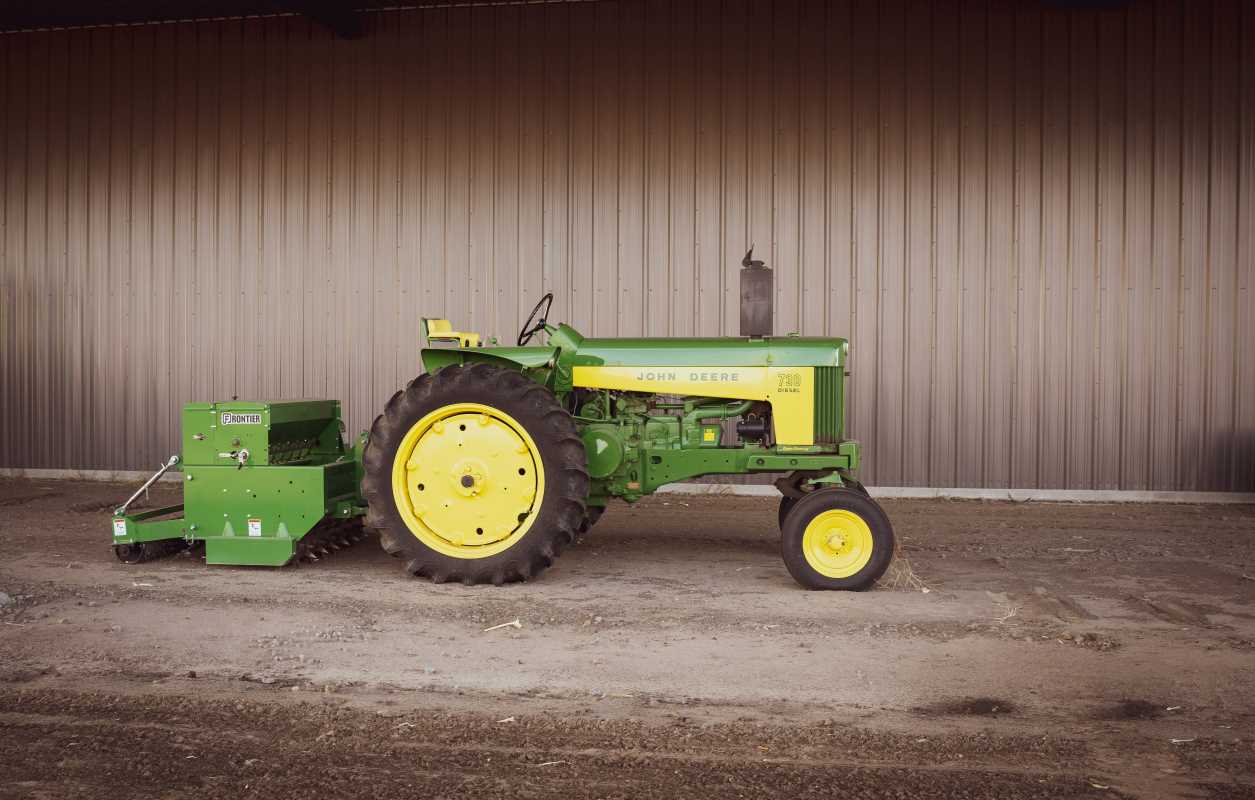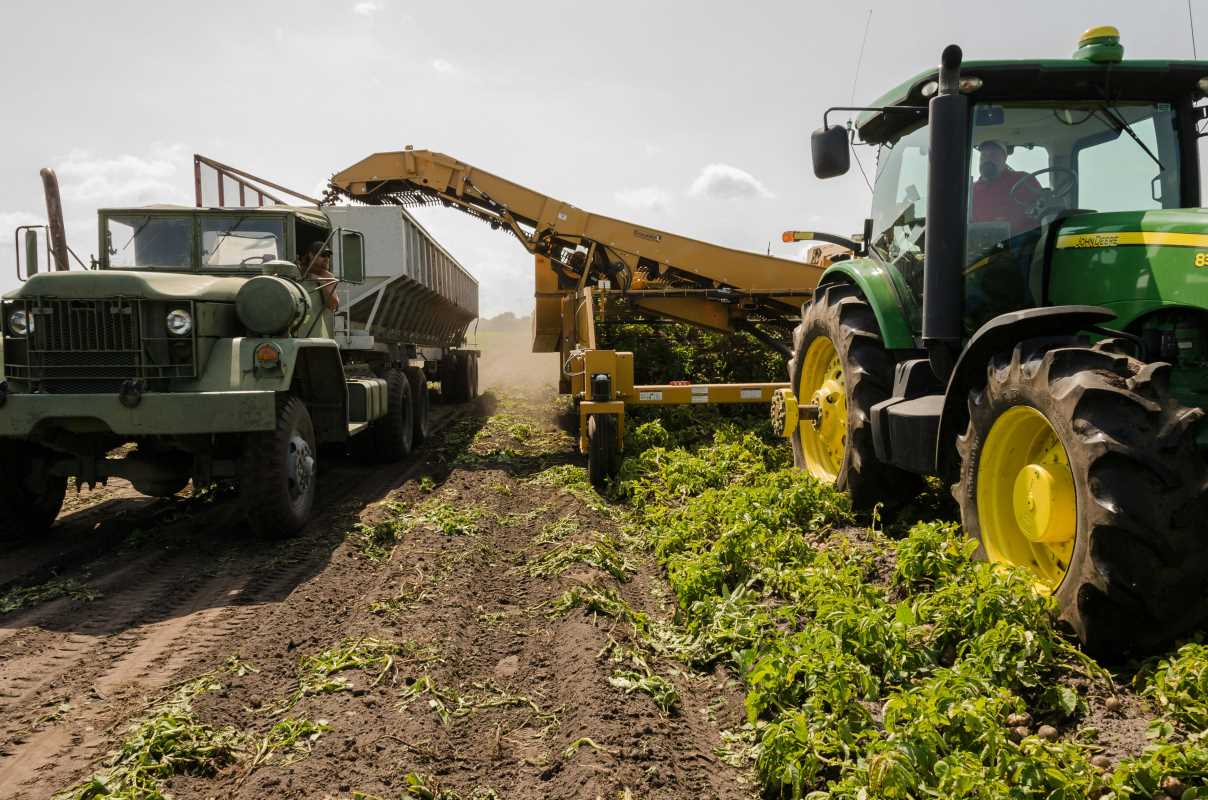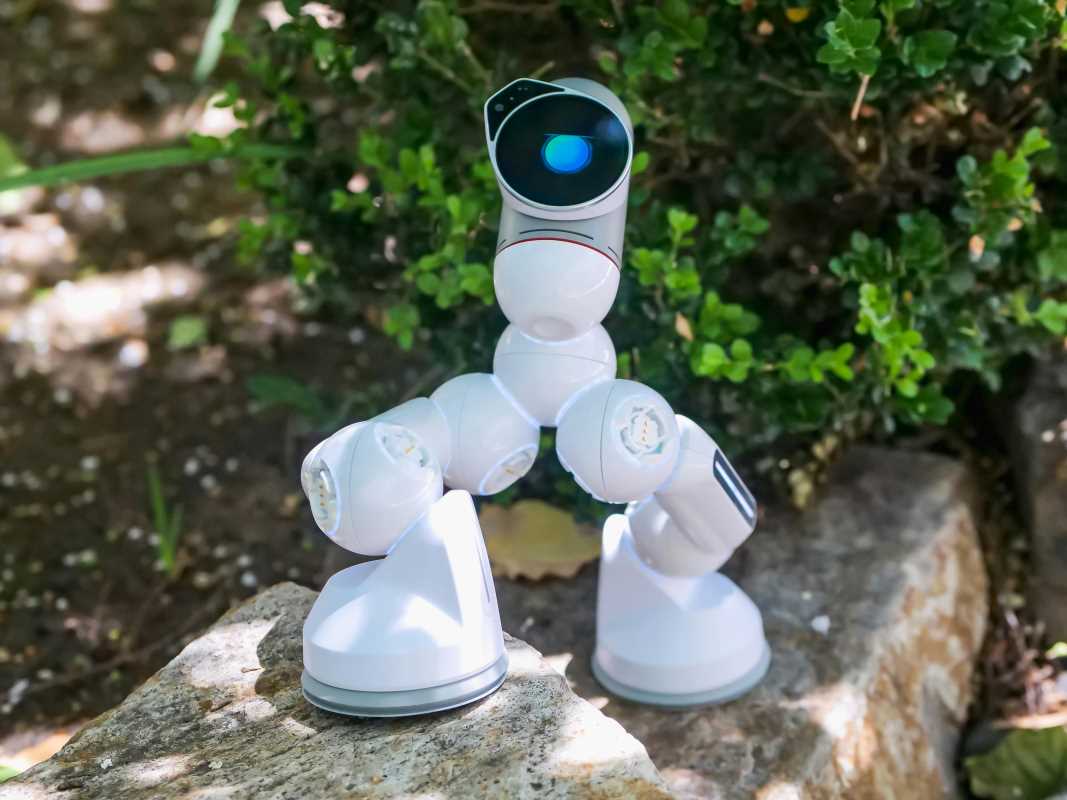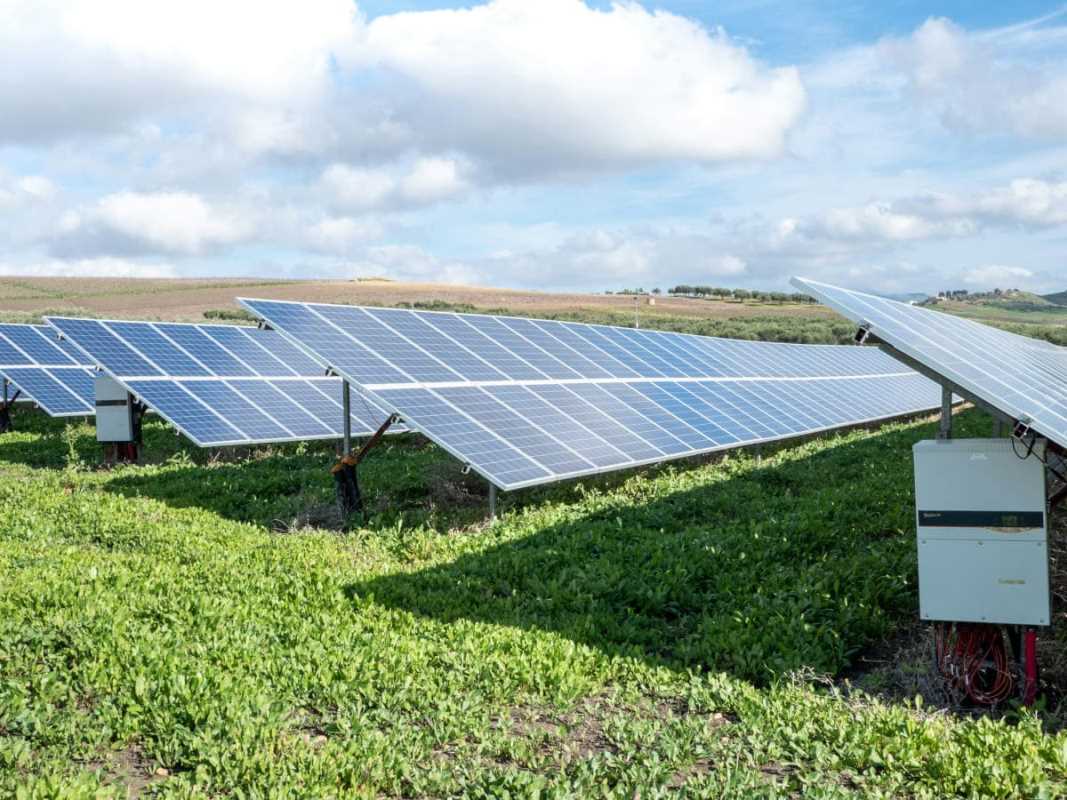Remote-controlled tools bring a new level of convenience to managing backyard spaces. With these devices, you can handle lawn care and irrigation tasks from a distance, saving both time and effort. Automated systems take care of mowing and watering based on your preferences, making it easy to keep your yard looking its best. You no longer need to spend hours on routine maintenance or heavy lifting. Instead, you gain more free time while your outdoor area stays well-kept. Modern technology puts control at your fingertips, so you can enjoy a beautiful and organized yard with minimal hassle.
The benefits go beyond convenience. With a clear plan and a little preparation, you can optimize tool performance, cut down on maintenance costs, and even boost the productivity of your small farm or private garden. Read on for detailed tips and a simple plan to ensure a smooth setup that delivers tangible results.
How Remote-Controlled Tools for Large Plots Work
Remote-controlled tools come in many forms, each designed to address specific needs in managing extensive outdoor areas. Whether you are trimming grass, watering crops, or monitoring soil conditions, smart tools provide an easy way to keep ground coverage healthy and improve daily routines. These innovations eliminate guesswork and offer a streamlined approach to land management.
Think about the following essentials that can make a significant difference:
- John Deere robotic mowers to keep lawns consistently trimmed.
- Green Machines smart sprinkler systems designed for efficient irrigation.
- EchoSmart harvesters that simplify crop picking and care.
- Automated soil monitors to track moisture and nutrient levels.
- Remote-enabled pest control devices that help manage infestations safely.
Preparing Your Backyard for Equipment Installation
Start with a thorough assessment of your land. Walk your backyard and note areas that need special attention. Mark zones for equipment placement, clear any obstructions, and decide the best locations for power sources and control hubs. This groundwork helps you avoid future obstacles while ensuring each tool works optimally. Make a rough sketch of your plot to visualize where each piece of equipment will operate best.
After mapping out your area, check the environmental conditions. Make sure your surface is stable enough to support electronic devices and that any wiring or installation does not interfere with your daily use of the land. Preparing your backyard properly creates a strong foundation that helps maximize the efficiency and lifespan of your remote-controlled equipment.
Step-by-Step Instructions for Installing Remote-Controlled Tools
Follow this detailed list to install your remote-controlled setup smoothly.
- Check the designated areas for specific tasks. Identify clear zones for mowers, sprinklers, and other remote devices based on sunlight, water, or coverage needs. Accurate mapping makes the process easier.
- Plan the wiring and set up a network connecting all devices. Secure outdoor sockets and make sure each connection is weatherproof. This prevents interruptions during rain or extreme temperatures.
- Install the control hub in a central location. Place it where it is protected yet accessible to quickly change settings. This hub will serve as the command center for all remote-controlled equipment.
- Calibrate each tool during installation. Follow manufacturer instructions for calibration settings to match your plot's unique conditions. Fine-tuning early on helps you avoid major issues later.
- Test the network connection of each device. Start with a low-risk scenario to confirm that all tools respond correctly to remote instructions. This trial run helps you find and fix misconfigurations.
- Schedule regular inspections. Create a maintenance calendar to check tools periodically. Regular updates and testing keep the system running smoothly over time.
Taking the time to set up your tools carefully allows you to operate the entire system with fewer problems. Every step builds confidence and reduces the chances of errors during use.
Tips to Maximize Your Tools' Performance
Getting the most out of remote-controlled tools becomes easier when you establish regular routines for maintenance and updates. Keep your control hub’s software current to access new features and improvements. Also, store manuals and troubleshooting guides in an easily accessible place. Being proactive means you spend less time fixing issues and more time enjoying a well-maintained plot.
Think about adding sensors that provide live data on soil conditions, moisture levels, and temperature. This information helps you adjust your tools’ operations to match real-time conditions. Review the data regularly and modify settings as needed to ensure top performance. Flexibility is essential when working with nature's unpredictability.
Resolving Common Problems
Approach common problems systematically—check power, cables, and network links first, then consult device manuals and troubleshoot as needed. Regular resets and recording issues can speed up solutions and prevent disruptions.
Consistent maintenance and monitoring keep your remote-controlled setup running smoothly, ensuring efficient outdoor management and more free time.
 (Image via
(Image via





